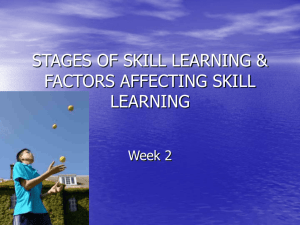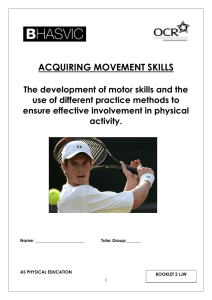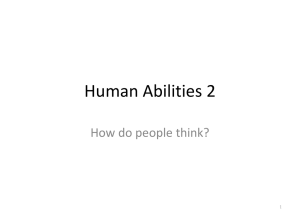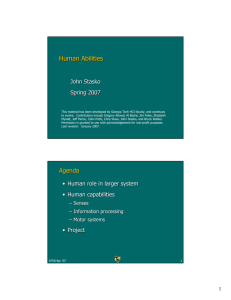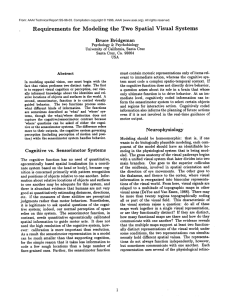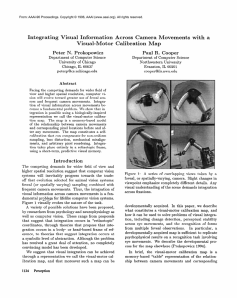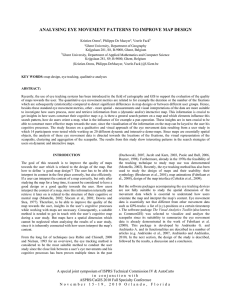Motor Skill Learning (1)
advertisement
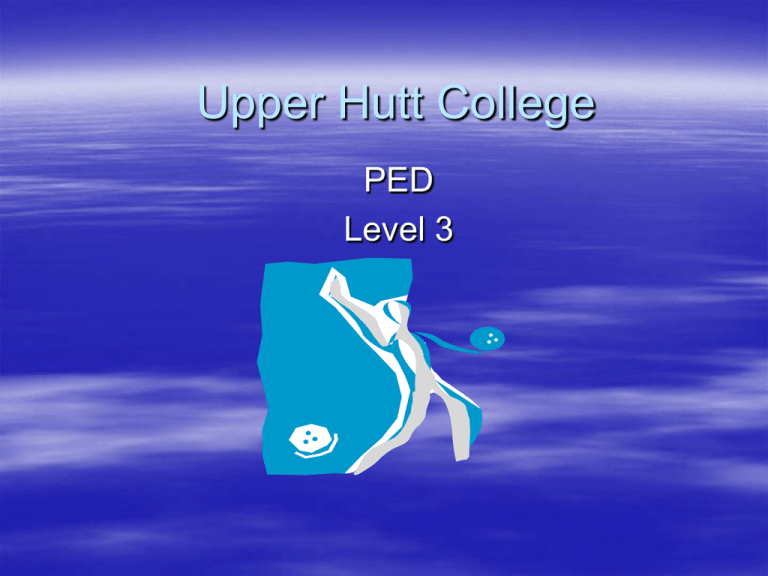
Upper Hutt College PED Level 3 Learning Intentions 1. To understand what is meant by the term skill. 2. To understand the three phases of learning and their role in skill development. 3. To recognise the classification of skill and apply it in a practical setting. Key terminology Skill Perceptual Motor Cognitive Associative Autonomous Reinforcement Feedback Continuum What is Skill ? ‘The learned ability to bring about pre-determined results with maximum certainty, often with minimal outlay of time or energy’ Knapp 1963 ‘An act or task that has a goal to achieve and that requires voluntary body or limb movements to be properly performed’ R. Magill Characteristics of Skill ????? Fluent Goal directed Follows technical model Efficient Learned Aesthetically pleasing Pre-determined Types of Skill Cognitive – requiring mental powers. Perceptual – interpreting and making sense of information. Motor Skills – physical movements and responses. Perceptual Motor and Psychomotor skills – the collective term for the above. Stages of learning Learning is a very complex process and the stages (or phases of learning) only give us a guide. Fitts and Posner developed the phases of learning as an aid to understanding how people learn. It is very important to understand the phases if we are to create a successful learning environment. Phase 1 - Cognitive The COGNITIVE phase is the first phase of learning, and is when the performer has an understanding of what needs to be done. This stage is characterised by trial and error, the learner may be successful but often will fail. In order to develop, it is important that the performer is reinforced when the correct behaviour occurs. If failure occurs it is important not to dismiss the effort, as the saying goes “we learn from our mistakes” Phase 2 - Associative This phase is also known as the motor phase of learning. In this phase the performer practices and compares (associates) the movements that they produce with the mental image. During this stage feedback occurs and the learner becomes more aware of what they are doing. This stage is characterised by dramatic improvements in the quality of performance. Phase 3 - Autonomous The final phase. Movements now become almost automatic with little concious thought. Any distractions are ignored and concentration is focussed on the performance. Many performers will never reach this stage of learning. Why classify skills? It is very rare to perform the same skill in exactly the same environment every time. There will always be factors that will effect the skill. Different skills can be classified using a continuum. A continuum allows skills to be placed either at, or between extreems. Classification of movement skills Muscular involvement Gross Fine Classification of movement skills Environmental Influence Open Closed Classification of movement skills Continuity Discrete Serial Continuous Classification of movement skills Pacing Self External Classification of movement skills Organisation Low High Classification of movement skills Difficulty Simple Complex

